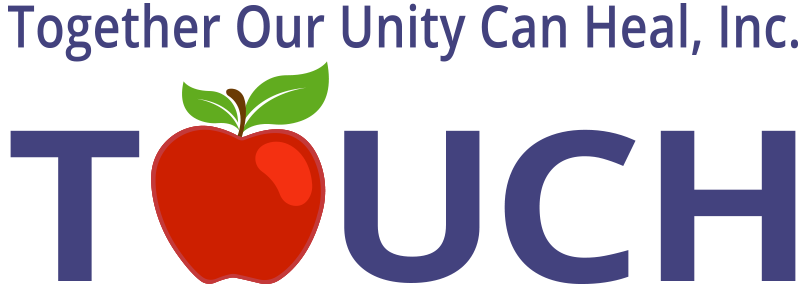Health News
Where is your sodium coming from?
When someone hears that they need to reduce their sodium, many assume that they simply need to add less salt when cooking or seasoning their food. Sadly, it’s not that simple.
According to the University of Minnesota, 71% of our daily sodium comes from salt added to food during commercial processing. That means that a majority of our sodium comes from packaged foods, snacks, and meals along with food prepared in restaurants, particularly large chains that mass produce their food (Example: Fast food chains).
Because of this, the best way to reduce your sodium is by reading and understanding your food label. The main component to look out for when watching your sodium is the percent daily value section on your food label:
This is important because it’s an easy tool on every food label that can give you a rough estimate of how much sodium you are about to consume, and how much sodium you are allotted for the rest of your day.
A good way to maintain healthy sodium levels is by allowing yourself to have about 20% sodium in your meal or snack depending on how much YOU plan to eat. The reason I say this is because many food labels alter their serving sizes to make claims such as “low sodium.’ That is why it’s important to not simply go based on what the food label says alone.
For example, if there’s 15% sodium per serving and there’s 6 servings per package and you eat the whole package you put yourself at 90% of your daily sodium! That is why it’s important to be aware of what you’re actually putting in your body opposed to what marketing teams are trying to make you think you’re putting in your body. (fda.gov)
It’s also important when looking at the food label be aware of the serving size along with how many servings there are per package. Some companies alter their serving sizes in order to be able to make these claims. Therefore, instead of going based on the serving size given, try to calculate sodium based on how much you plan to eat.
Story by: Madison Grande
TOUCH Nutrition Program Intern and student in the University of New Haven’s Nutrition and Dietetics program.


